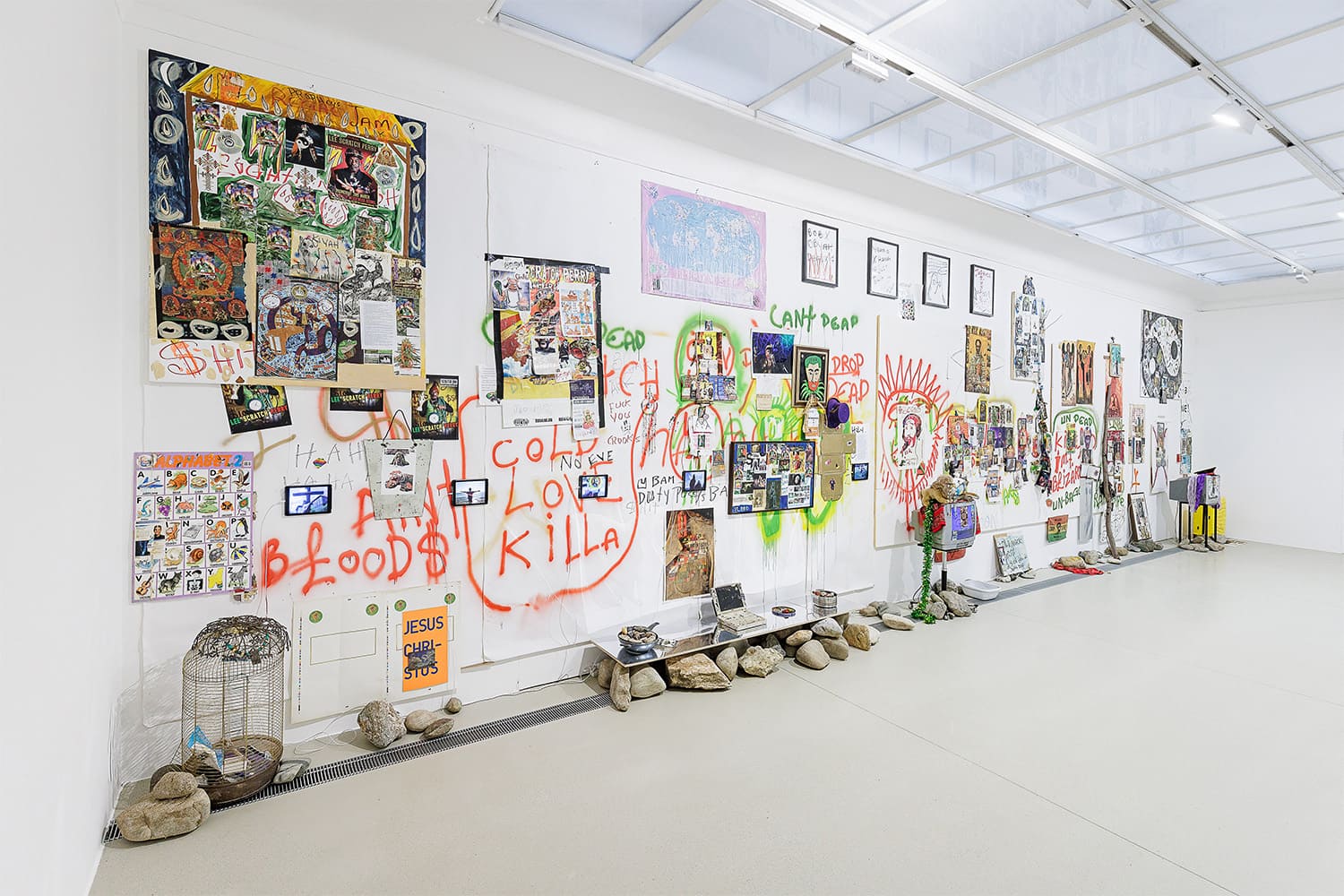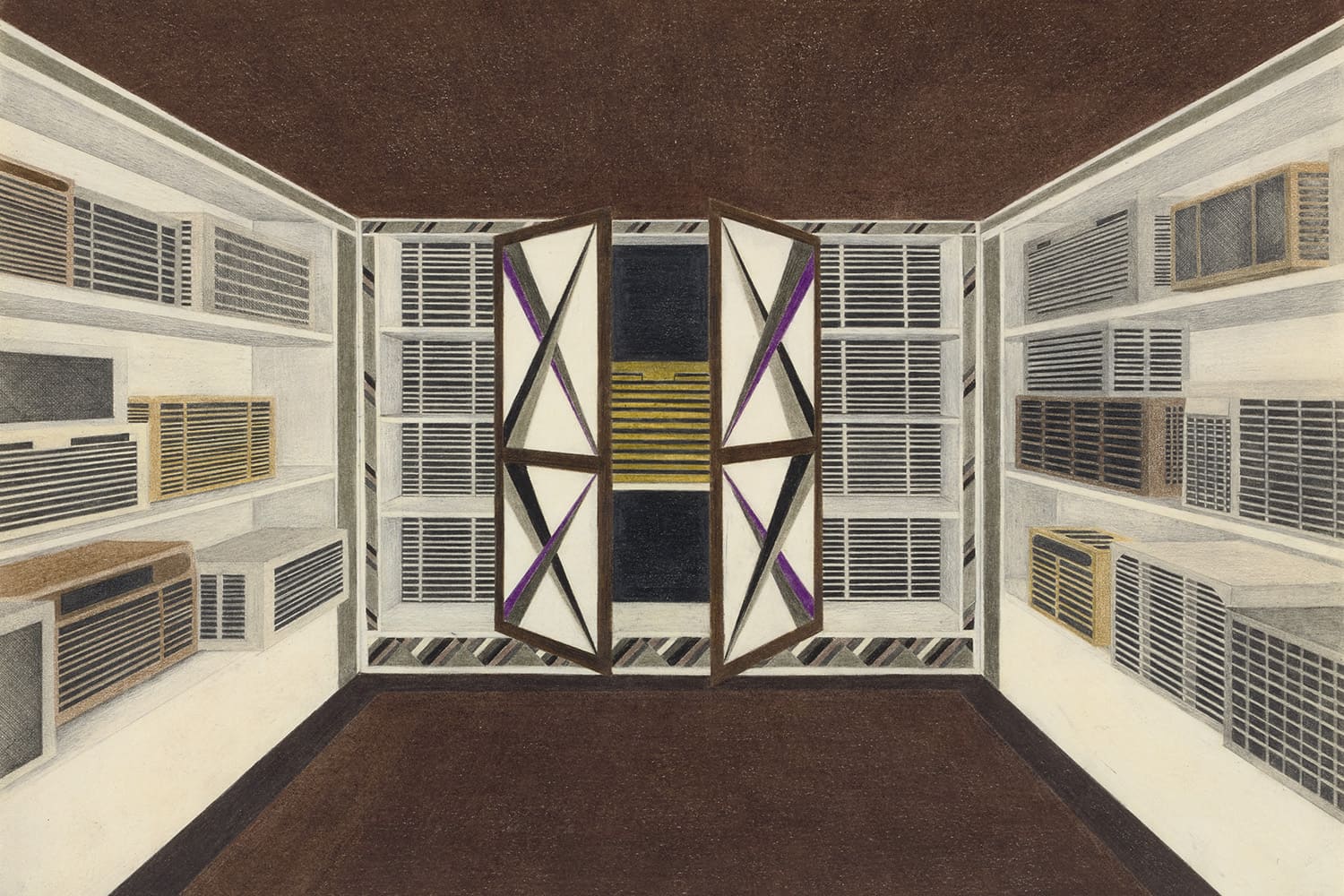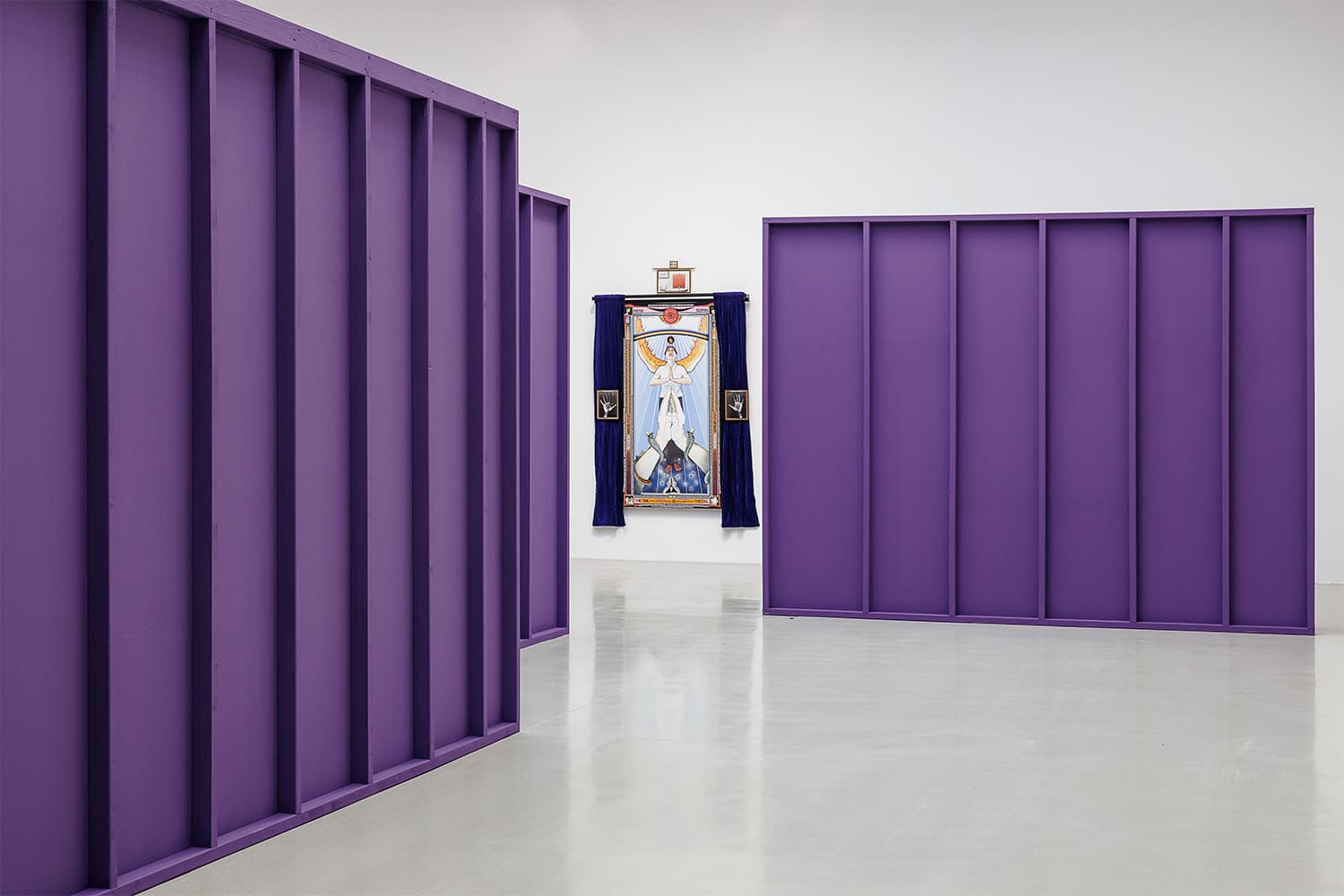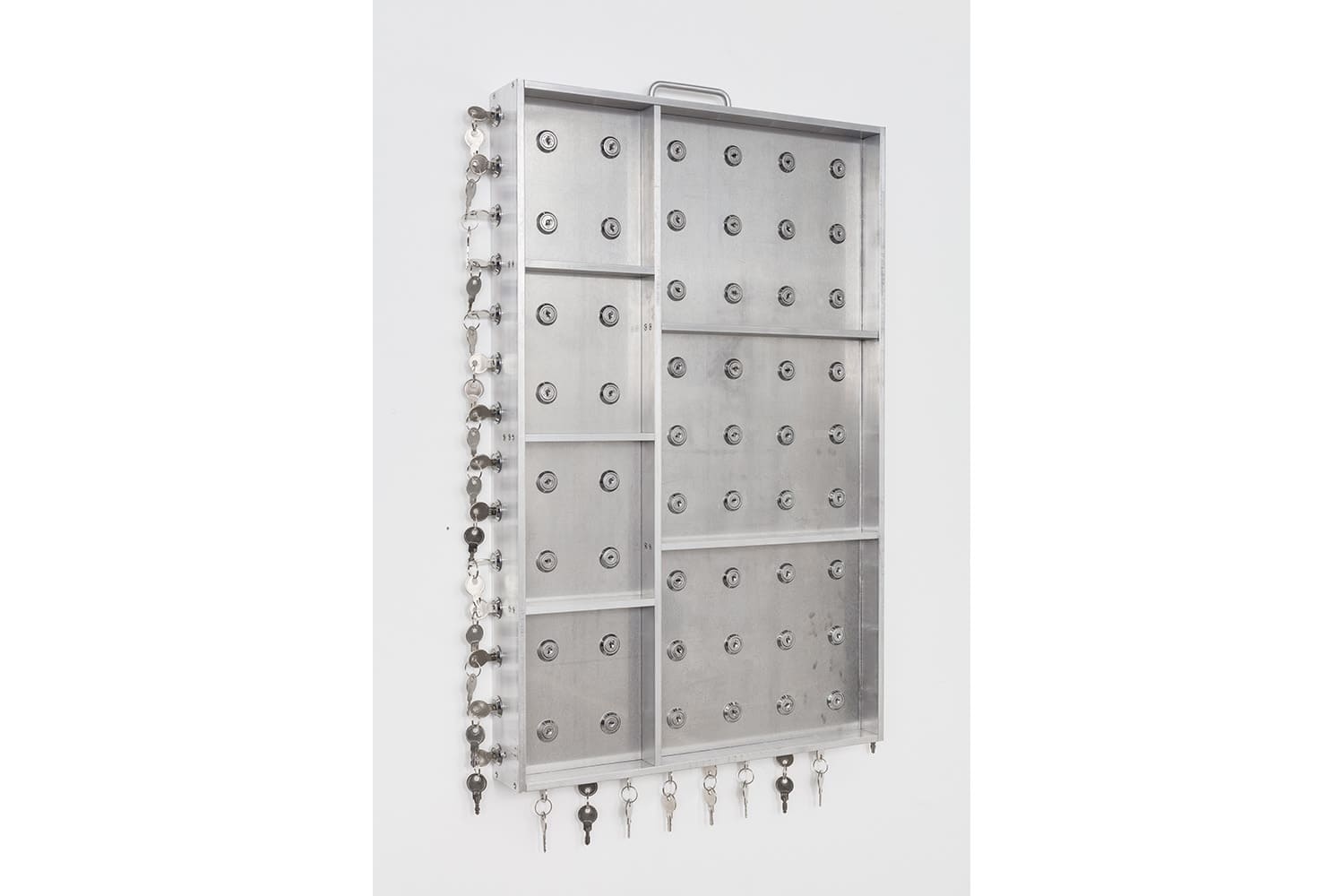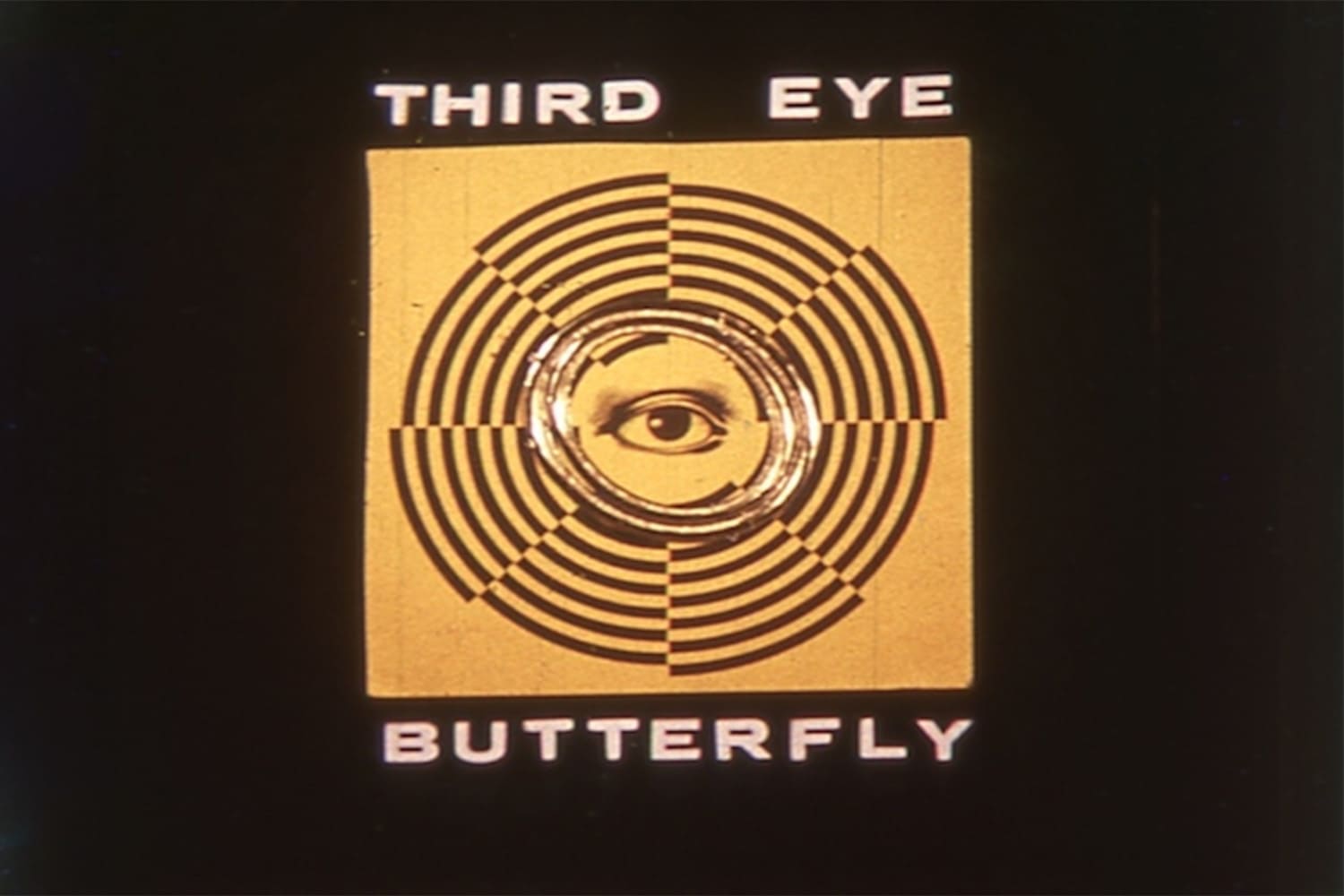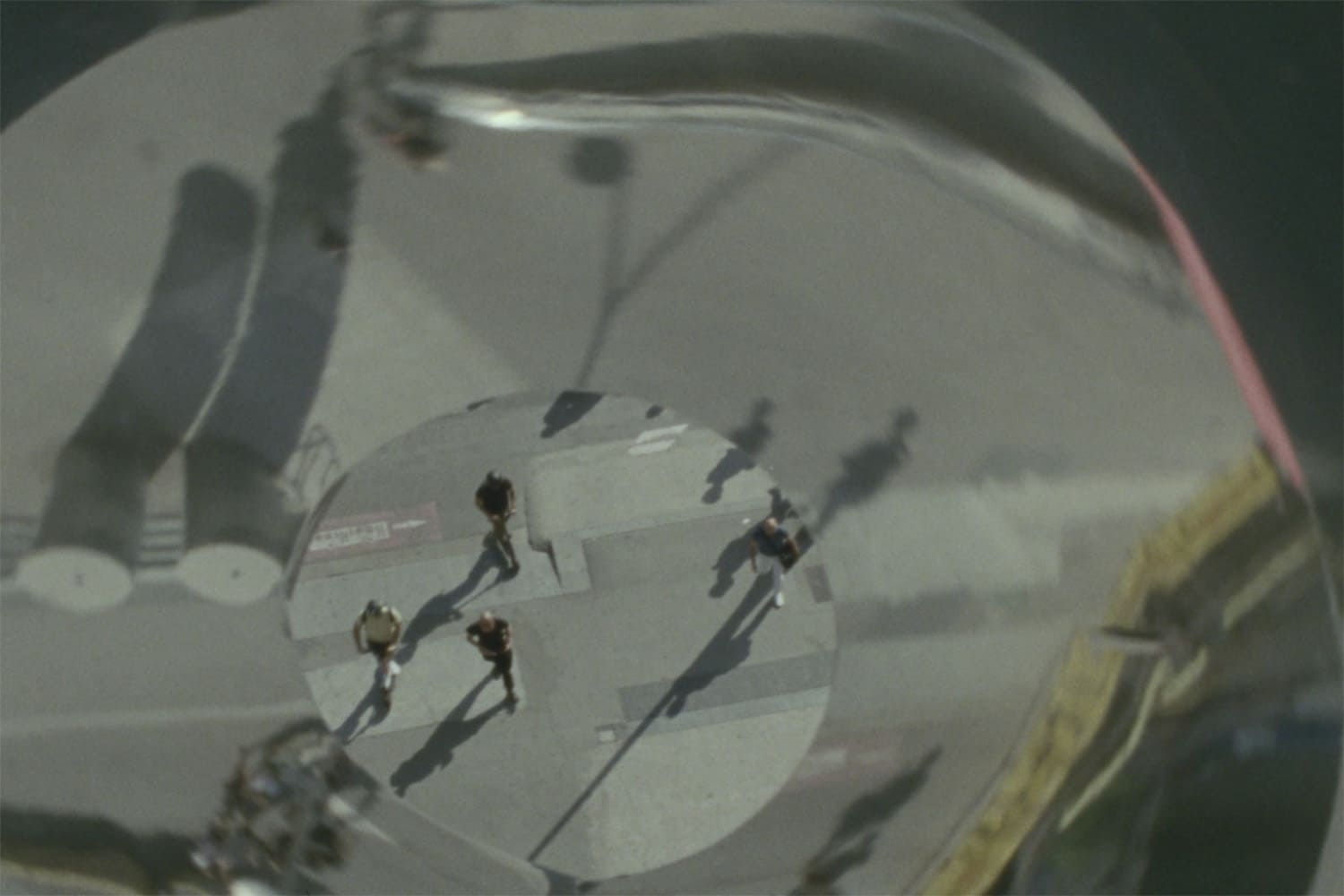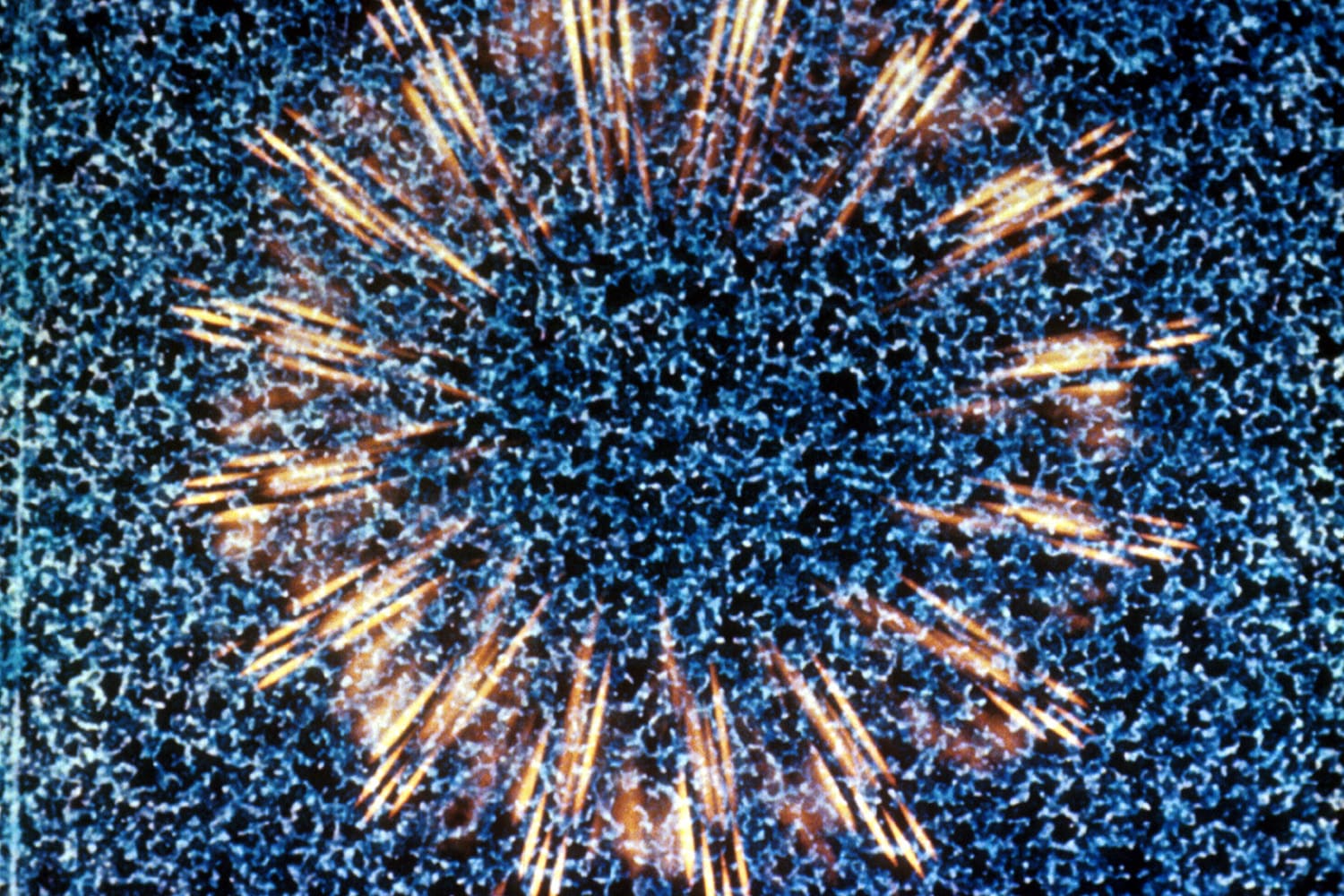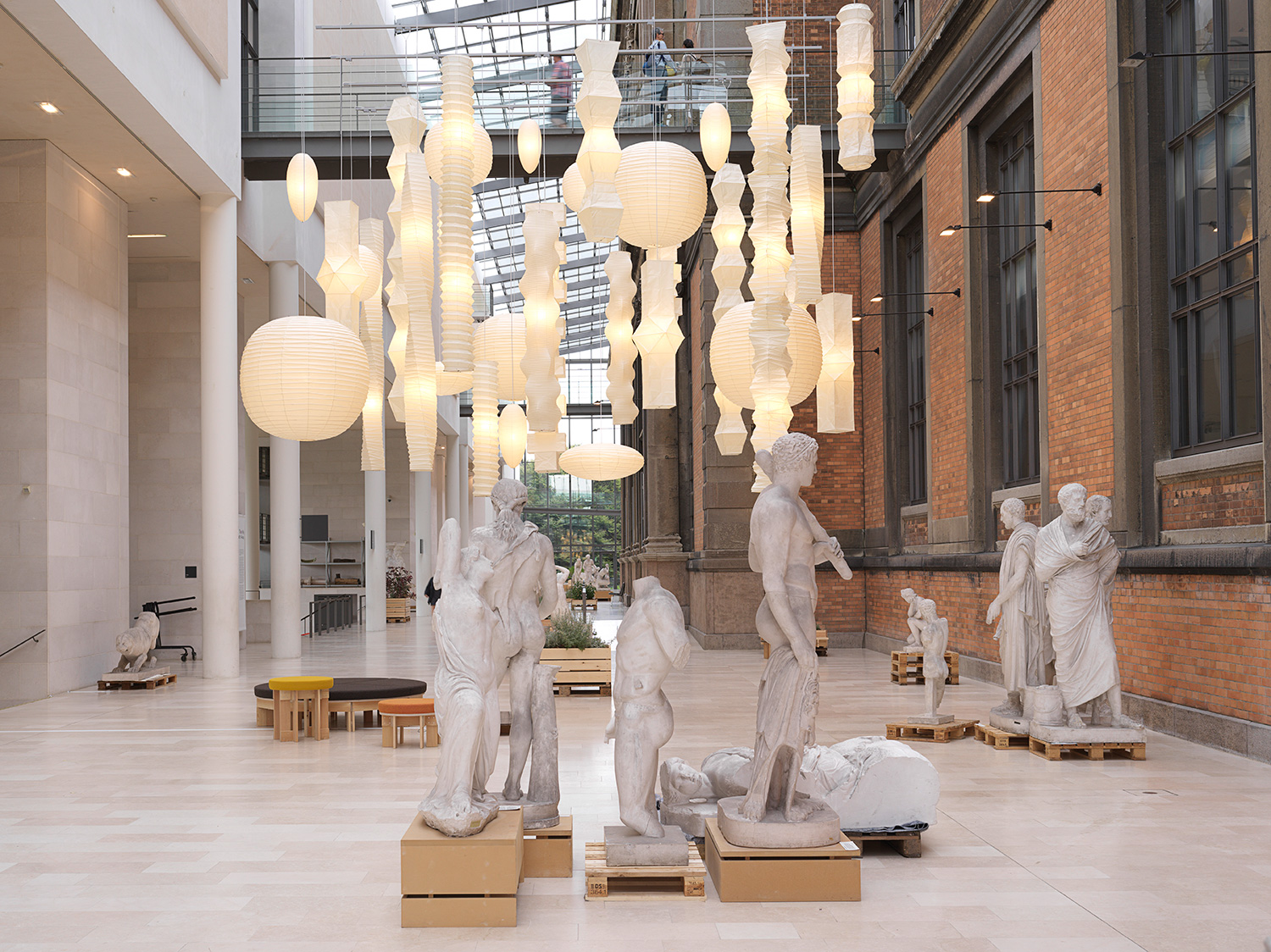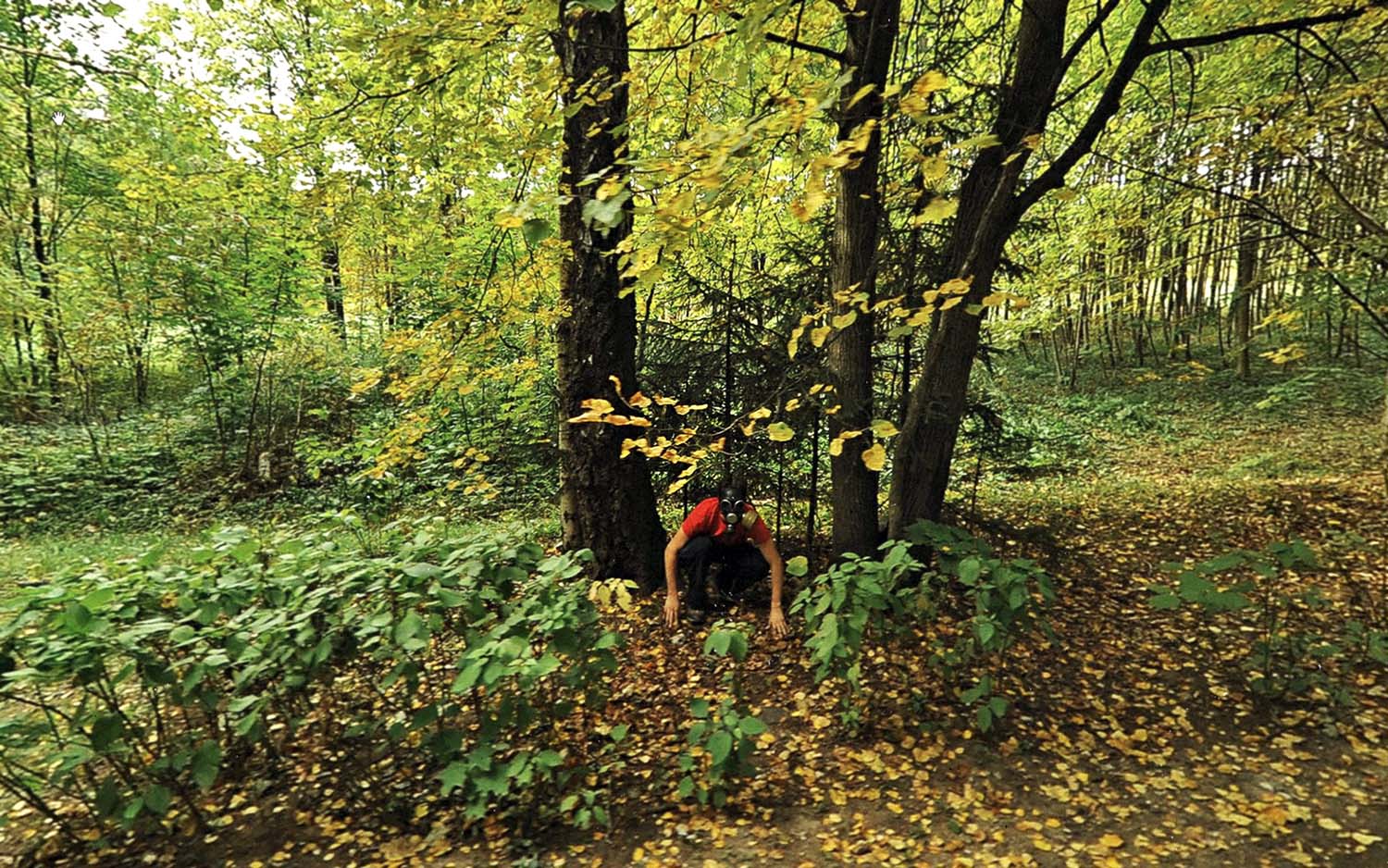The large-scale group exhibition Systems of Belief brings together artistic positions that explore alternative belief systems. In a world in which political and ecological states of emergency determine everyday life, constants of social life such as science, economics and politics are increasingly being put to the test in public debates. As individuals, as a society and as an entire ecosystem, we are currently facing great challenges. Challenging, even overwhelming, is often the subjective processing of the complex world events that flow into us through various streams of information and shape our view of the present.
In our everyday life in general and also in the context of the exhibition, technology is increasingly becoming a mediator between a factual external world and its perception and processing. Its influence
is not only on the surface of a smartphone display, but in the influence of our being and our constitution. With almost limitless power, anonymized and algorithmized sources of communication often seem to have an impact on our perception. Their technological and digital structures and systems are expressions of technocratic mechanisms that shape our public sphere: evidence-based information and analysis techniques, meticulous organizational plans and smooth processes drive our political and social apparatuses that are barely tangible but omnipresent. In this depersonalizing and metaphysical sphere of technological processes, any form of irrational action within those apparatuses seems impossible. The exhibition Systems of Belief takes this supposed space of the impossible as its point of departure and, through the perspectives of different generations of artists, attempts to penetrate worlds in which technology is not used for the purpose of conformist regulations, but becomes a generator of disorder, an expression of unorthodox dogmas and spiritual self-knowledge and self-realization.
Systems of Belief conceives of technology as a system of automated processes and mechanisms designed to create interdependent solutions to problems. As described above, this meaning of the term has come to its full development in a technocratic society. Less thought of as a network, however, technology also means the development of different tools for shaping different production and design processes. On the one hand, the exhibition brings together positions that create their own transdisciplinary worlds by examining the logic and aesthetics of systems of knowledge and meaning, such as diagrams, cartographic schemes and religious charts. On the other hand, works are shown that made use of new technological processes and products at the time of their creation. For example, analogue animation techniques or Super 8 film cameras make it possible to work with color and light effects that allow for an expanded visual spectrum that enables the representation of a physical or psychological transcendence.
Based on the works of experimental filmmaker Jordan Belson, artist and architect Paul Laffoley’s, poet and underground filmmaker Storm de Hirsch, musician and artist Lee Scratch Perry, Systems of Belief looks at artists who developed their practices under the auspices of different origins and social influences. As disparate as their works appear, however, they are united by their transdisciplinary and often self-taught approach to art production as well as their work in subcultural contexts that were only sporadically docked to established currents. For example, Laffoley, who was in contact with Andy Warhol and Friedrich Kiesler, among others, was considered almost exclusively an “outsider artist” throughout his life. The filmmaker Storm de Hirsch, is considered one of the key figures of the New York avant-garde scene of the 1960s. She made her first film in the early 1960s and soon became active in the New York underground film movement, collaborating with filmmakers such as Stan Brakhage, Jonas Mekas, Shirley Clarke and others. Jamaican musician and artist Lee Scratch Perry, who died last year, is best known as a record producer and singer.
From the 1990s, he also became more known for his visual practice, which, like his music, consists of “sampling” and inter- weaving. His installations include everything from paintings to religious objects, clothing and a whole host of other things often associated with Pan Africanism and the Rastafarian religion.
In dialog with these artistic positions, the exhibition also presents works by the Graz-based artists Richard Kriesche and Antonia De La Luz Kašik, amongst others. Kriesche is considered an Austrian pioneer of media art. In his work, the artist deals with the profound changes of computerization and digitalization. The often elusive spaces created by these technologies become the starting point in his work to develop mental spaces that deal with communication and information. His works often bear utopian traits in that they transcend the boundaries of logic and convention in order to unfold visionary ideas. Kašik shows a new production that is created in the course of the Panther Residency, a grant for a young local position. In the filmmaker’s work, the camera plays a central role as an apparatus. Through it, different visual worlds are connected or moved into one another. To this end, she explores the technical possibilities of analog cameras and film material. Following on from existing works, the artist is developing a new film for participation in the exhibition, which moves at the boundaries of the medium.
Apart from these considerations, Systems of Belief also is a reflection on the system of art. The existence of some of the artists shown here on the periphery of the established art system reveals it to be an apparatus shaped by rules and dogmas that functions on the basis of mechanisms of inclusion and exclusion as well as “systemic” belonging.
Works such as those by de Hirsch, Belson, Kašik, Perry, and van den Dorpel demonstrate that technological means such as lenses, servers, or electronic synthesizers have had a direct or indirect impact on art production in the recent past and present. Through the constant development of various technologies and systems for the production of image and sound, for example, very elusive states of consciousness can be expressed. The artists mentioned above use technological means not to make work processes more efficient, but to express irrational and transcendent experiences that are not tied to the material value of things.
Artists such as Laffoley, Riniker- Radich and Lotarevich are concerned with the logic or “architecture” of places and mechanisms that, almost like a divine power, influence all our spheres of life, such as economy, living space and communication. Laffoely’s meticulously crafted works, which draw on scientific and esoteric knowledge to find explanatory models for our existence and being, represent a good example here. Through the perspective of these different artistic positions, Systems of Belief enables a reflection on ideological or spiritual self-realization through the use and subversion of technological means.

